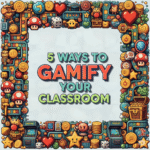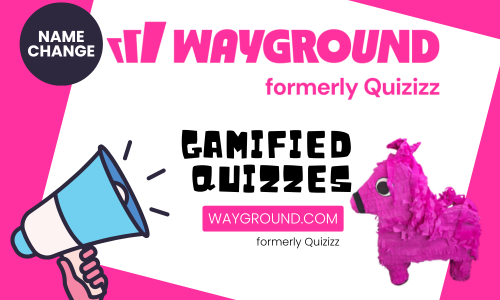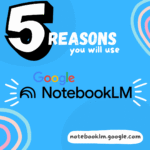In pondering having a student-centered classroom I wondered, how do I make the first day of class student-centered? What message do I tell students when the very first thing I do is have them face me and I tell them all about myself and the class rules? Does the message come across that this class is about them? I was afraid it was giving the message that the teacher is most important rather than the students.
This led to the idea of why do we need to introduce ourselves to the entire class. It is efficient, but it is not personal. We do not usually stand in the middle of the mall yelling things about ourselves and thinking we are connecting with people. When you connect with someone, you look them in the eye. You ask them a question about themselves. If I want to make connections with my students, this was my goal.
Personal Connections
The first moment a student walks in the door, greet them personally. Direct them to some place that activity directions are located. On the board, on papers around the room, on a website. Design an activity that is collaborative and gets students interacting with each other. Go around the room and ask each student a question. Get to know the kids one on one.
The Challenge
Out of this initial idea to make the first moments about the student rather than about myself, came the idea, why not make all interactions personal? What do you really really have to say to everyone? Again, it is efficient to say it to the whole class, but is it personal?
Never address the whole class.
To be clear, I am not saying you should do this. This is the challenge @bartonkeeler and myself are trying. We wanted to know what happens when you stop talking to everyone at once.
I Talk A Lot
The #nottalkWC challenge does not mean you turn your class into independent study and you sit at your desk. I am talking the whole time. I am always moving around, engaging students in small group and individual discussions. I am probably talking more than ever. Except, I’m actually talking with students rather than at them. Students who would never normally ask a question or challenge an idea are much more willing in a small group. I get to hear from everyone.
No Announcements
As hard as it is, I am resolved to not make announcements to the class. Ever. I can put it on the board. I can put on the website, or I can go to each group individually and tell the same announcement 5 times. I notice when I do the same announcement to each group that the announcement is different because I am responding to the student responses in the group.
Lesson Design
Normally I design my lessons to include me talking. Now I design my lessons for students interacting and doing activities. I am trying to foster a student-centered environment. The person doing the work is the person doing the learning. Thus, I want my students actively engaged in a task the whole time. Things I consider when designing a lesson: collaboration, interactions, peer evaluations, small group discussions, research, crowd sourcing, choice, and more.
Differentiation in this environment is easier. By making personal interactions throughout the lesson I am able to see when students need more challenge or scaffolding. Sometimes a student needs a different activity or just needs to talk with me to understand the reason behind the activity.
#notalkWC
We are using the hashtag #notalkWC to share experiences. Join us on Twitter.












6 thoughts on “#notalkWC – No Talk to Whole Class”
I agree and want to make this happen for my classes. It’s tough to really get to know them when you have 600+ students and only see each class once per week. I am working on it. Not there yet. But, I have accepted it as something necessary. Not only will it help with teacher/student relationships, but will also make teaching more personal and less stressful/hectic in terms of making sure everyone really “got” what I said in group instruction. Rock On! Charlie
This is a great idea and one that makes a lot of sense. We all wish for smaller class sizes but we then take centre stage and talk to them all at the same time. It’s definitely a bad habit that we should try to break. I have been making a conscious effort this week and here are my top three realisations so far:
1. My quieter students suddenly have a voice.
2. My students are not as independent as I thought they were.
3. #NoTalkWC is surprisingly easy with careful planning.
As always, thanks for the inspiring and thought-provoking posts.
We have some learned helplessness, it is difficult for students to switch to a student centered model. Check out this article on how students go through the 7 stages of grief. http://www4.ncsu.edu/unity/lockers/users/f/felder/public/Papers/Resist.html
They come around! Your students can be independent, we just need to give them some trust and time.
Is this a spoof?
No, I teach my classes this way and I love it. Shifts the attention on the students. I talk with students instead of at them. Provides for more individual learning opportunities. I make all of my interactions personal. It’s efficient to talk to the entire class but not personal. I give each student an opportunity to ask a question when I switch to small group instruction. The more I do it, the more I like it.
There is no rule that says your first day of class has to be about rules. I broke that mold. I constructed learning engagements that helped students experience the type of classroom we needed. In the process, they learned classrooms expectations (not rules) in the process. I started my school year with skill-based activities that students will develop and apply all year long. I taught World History, so one of my first activities was a collaborative “mystery” that students worked in small groups to solve. It got them talking to more than just me, but to each other. Productive student talk is so critical to an inquiry-based students classroom.